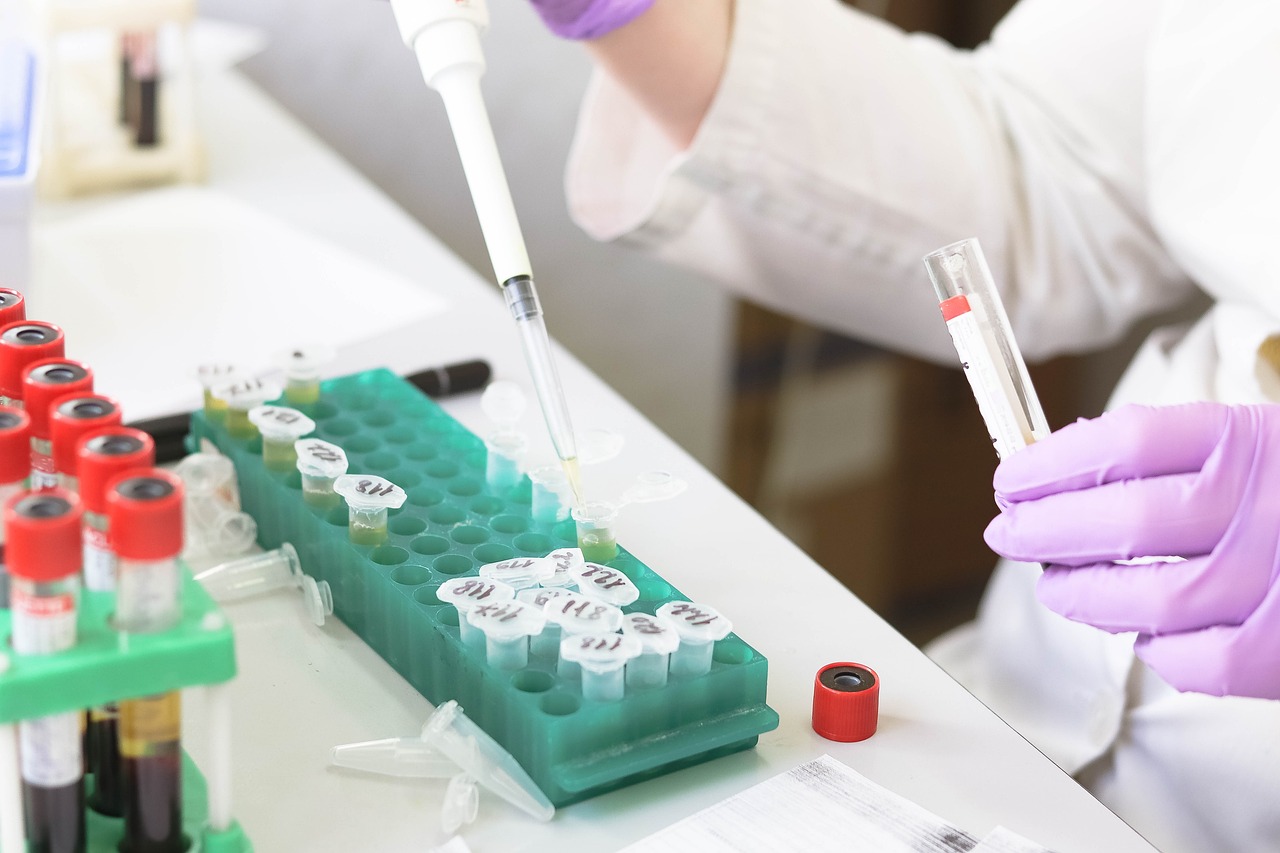Geoscience Australia will re-examine decades-old seismic data as part of a new initiative to identify opportunities for energy, minerals and groundwater in a key underexplored basin.
The $30.9 million Data Driven Discoveries initiative will combine new and old data to better understand the Adavale Basin in central-western Queensland.
The initiative is part of the Cooper Adavale Strategic Basin Plan – the third basin plan to be delivered under the Australian Government’s Gas Fired Recovery initiative.
Geoscience Australia’s Minerals, Energy and Groundwater Division Chief Dr Andrew Heap said together with the detailed repository of baseline information already being delivered through the Strategic Basin Plans – Trusted Environmental and Geological Information Program (TEGI), this publicly available review will provide critical scientific information to inform decisions on resource developments.
“We think the Devonian-aged marine source rocks in the Adavale Basin could have significant hydrocarbon potential,” Dr Heap said.
“However, exploration in this area has historically focused on the overlying basins and as such, our understanding of the Adavale Basin has barely scratched the surface.
“Advances in technology, as well as improvements in data acquisition and processing techniques, means we can now identify opportunities that may have been previously overlooked.”
Over the next 3.5 years, Geoscience Australia will conduct a whole-of-basin study, which will include collecting new and reprocessing existing seismic data, drilling a deep stratigraphic well, and analysing the chemistry of the sedimentary sequences in the Adavale Basin and its overlying geology.
Dr Heap said most of the seismic data being re-processed was from the 1980s or earlier, with some data collected as far back as the 1960s.
“Seismic reflection data is one of the most valuable datasets we have to identify the location of subsurface resources,” Dr Heap said.
“Advances in seismic processing and imaging techniques, combined with increased computing power, mean that more useful and detailed information can now be extracted from the existing seismic data.”
Dr Heap said this whole-of-basin review could also reveal more about the Adavale Basin’s potential for hydrogen, critical minerals, groundwater, and carbon capture and storage.
“Hydrogen can be stored in large quantities underground in salt caverns. The Boree Salt deposit is located in the Adavale Basin and further understanding of this deposit and the basin will be useful for investigating the hydrogen storage potential of this region,” Dr Heap said.
“Basin systems like this can also host a variety of critical minerals, including copper, zinc and cobalt, which are critical for the modernisation and growth of Australian industries. We will also examine the potential for these systems as part of this work.”







